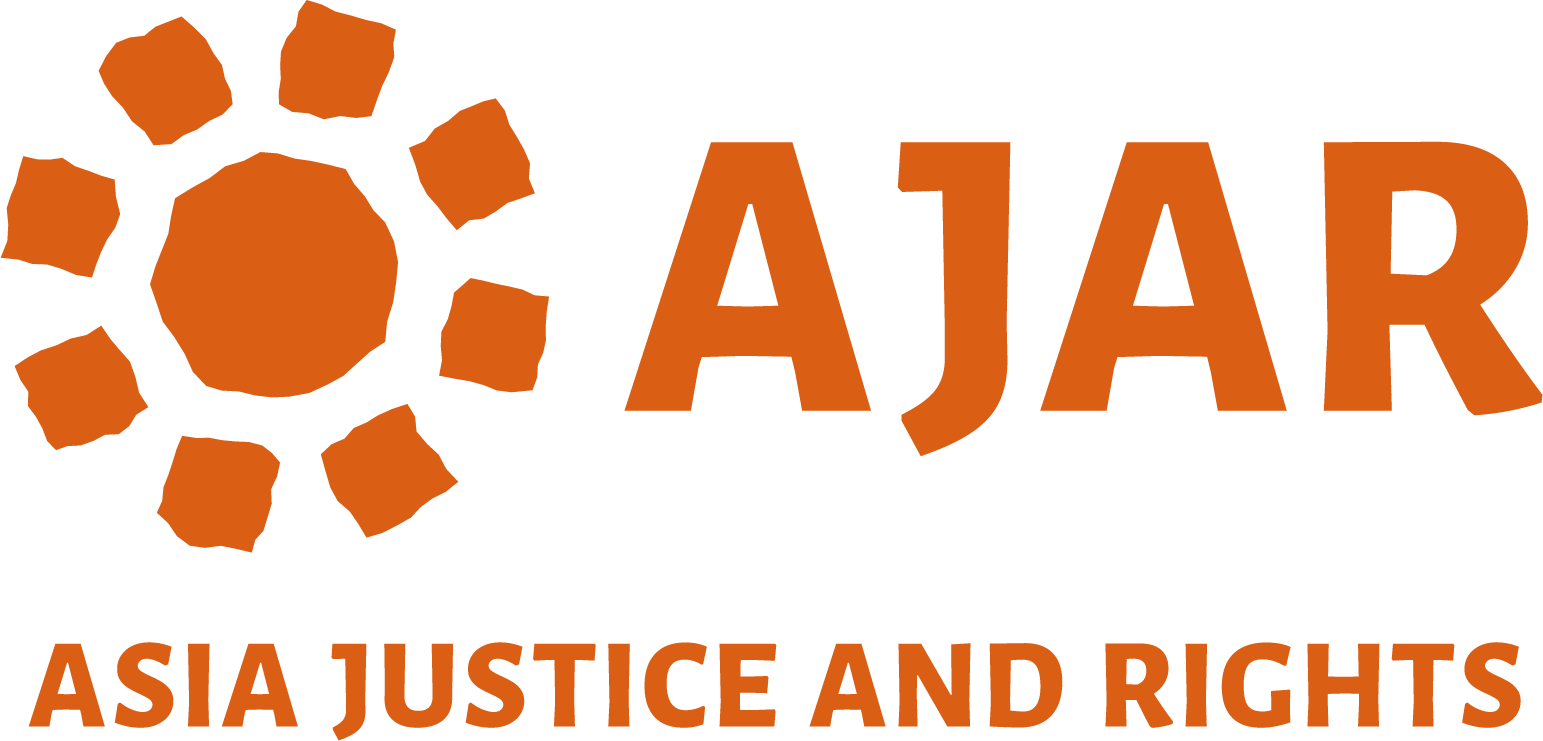Key Lessons:
- Module 1: Introduction. Upon completion of this module, students will be able to describe the purpose of the course and course structure.
- Module 2: Basic Concept of Right to Remedy and Reparation. In module two, students will learn about the right to remedy and reparations. It includes the definition of victims, the principles of reparations and how reparations can be delivered based on the international human rights instruments.
- Module 3. Forms of Reparations. This module describes material and symbolic forms of reparations. It is also provides examples of restitution, rehabilitation, compensation and the importance of victims satisfaction.
- Module 4 Learning from Practices. Module four analyses the experience of reparation programmes in three different countries: Chile, The Philippines, and South Africa. This module will highlight both successes and challenges in implementing these programmes.
- Module 5 Memorials and Memorialization. Module five explores the importance of memorialisation both as part of right to truth and also as a form of symbolic reparation. It will also demonstrate how memorialisation can be utilised as an effective form of reparation.
- Module 6 Final Reflection. This final module invites students to share their personal reflections and provide feedback on the course.
